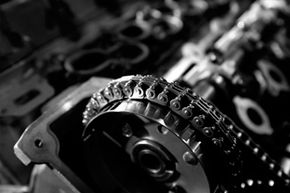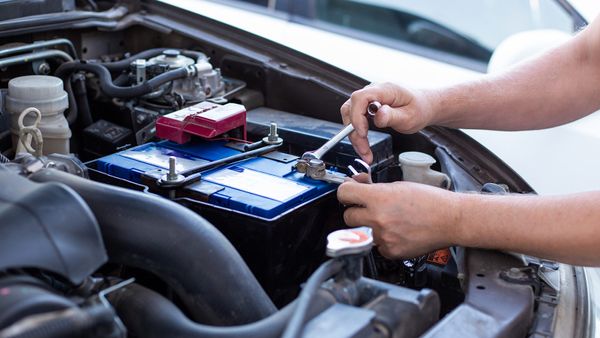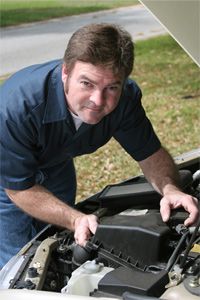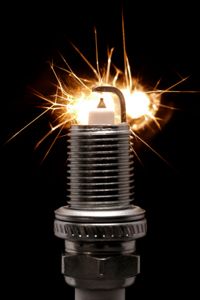The buzzer sounds off; it's halftime. Your band takes to the field. Before you know it, though, the trumpets play off-beat, the cymbals slam into each other and the saxophone player simply walks off the field. This, although exaggerated, is what could happen if the drum major, the keeper of tempo, went missing. And in the world of automotive maintenance, visualizing this scenario can help illustrate the timing belt's role and what can go wrong without routine replacement.
Think of the synthetic rubber timing belt, which is reinforced with fiber cords, as the drum major of car maintenance -- meaning it keeps everything in the engine in sync. When the engine is on, it's in constant, timed motion, thanks to the belt, the connection between the crankshaft and camshaft.
Advertisement
So why is this important? The crankshaft converts linear energy from the pistons, which move up and down, into rotational energy that eventually turns the wheels. The camshaft opens and closes the engine's valves to allow air and gas in and out of the engine. The timing belt links the two in harmony. Without it, the pistons and valves would collide.
Obviously, this is bad news for vehicle maintenance as this internal collision can cause destruction fair amount of engine damage. Therefore, it's important to stay ahead of your belt's lifespan -- traditionally replacing it every four years or 60,000 miles (96,561 kilometers) or, in newer vehicles, every 100,000 miles (160,934 kilometers). Be sure to check your vehicle's maintenance manual to see what your car or truck's manufacturer suggests.
So we've all accepted the timing belt's importance, but that doesn't mean you have to spend your days worrying that your belt will force you to pay a large maintenance bill. Instead, you can act as the band director and keep that timing belt in check by watching its wear and arming yourself with the knowledge to replace it. Read on to learn about the wear of your belt, typical tools needed in a repair and how to replace it.
Advertisement




